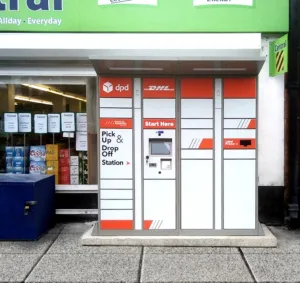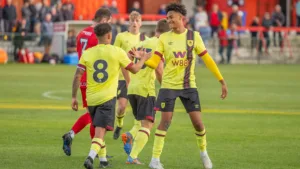By Luke D’Arcy, UK President at experiential advertising agency Momentum Worldwide
There was no theory, prediction or any amount of planning that could account for the impact the pandemic would have on the experiential sector in 2020. It will come as no surprise to say that initially the prognosis looked bleak. However, as humans do, we evolved and innovated to create a new path in line with shifting consumer mindsets. And where we now find ourselves is in a much more interactive and engaging place for businesses, brands and people.
There has been a rapid shift in consumers’ outlook since lockdowns became a frequent part of life. All the standard ways of enjoying experiences were mainly physical, with elements of digital added from time to time – a packed stadium watching a sport, a live music gig with thousands in the crowd, or an exquisite tasting menu in a vibrant restaurant.
Yes, physical events were supported with online components, but very rarely were they at the forefront of an experience. The extent of digital involvement was heavily dependent on the consumer audience and brand’s needs.
However, due to the focus of events being physical, the normal choices were no longer an option. Yet, this didn’t stop people wanting to engage with experiences, and in fact consumers became more open to using technology to participate with chosen experiences. This led us to create Momentum VXi, a virtual experience intelligence platform.
Experiential has always been the number one medium to connect brands and people, and it’s not about to change. The experience economy has grown at a rapid rate since the term was coined over 20 years ago, but cost and reach have always been a barrier to connecting with large scale communities – not anymore.
With people being at home, it was made clear a VR headset wasn’t necessary to enjoy a digital experience, just your laptop and choice of beverage! Consumers’ attitudes towards virtual events changed, with our recent research finding 86% of people globally are interested in attending blended experiences.
There is no doubt the market is heading towards a blended offering, sitting happily between digital and physical. From the outset, both aspects will be important, feeding into each other seamlessly to make the final experience the best it can be. Brands will be able to reach a huge range of consumers via different mediums and channels.
Take Wimbledon for example, a historical event that has provided the British public and the rest of the world with a form of escapism from everyday life in June and July. It’s not 100% clear yet whether the physical aspect of the event will resemble the ‘normal’ experience, but for those that can’t attend, the virtual opportunities are endless.
And it doesn’t need to stop at virtual. Events like these provide brands with the opportunity to not only stimulate people’s visual senses on-screen, but physical senses too, as taste and smell will be catered for as well. In the case of Wimbledon, purchasing an eticket could see Pimms and strawberries delivered to your door to enhance the experience even further, leaving no sense overlooked.
Blended experiences will also tap into the desire of humans to be a part of a community, as 77% of people hope they will have greater interaction with others at experiences they attend where there is a community. It’s well known online communities can amount to thousands, even millions of people, especially in the gaming world. Brands will have the ability to facilitate many touchpoints for a single event.
With a year that has been full of restrictions, especially when it comes to physical engagements, it’s been a struggle for so many businesses and industries, but it’s opened a path for engagement in new forms. 2021 and beyond will bring visually rich and sensory engaging blended experiences into the mainstream. Consumers are ready for them and brands must be able to deliver them.










